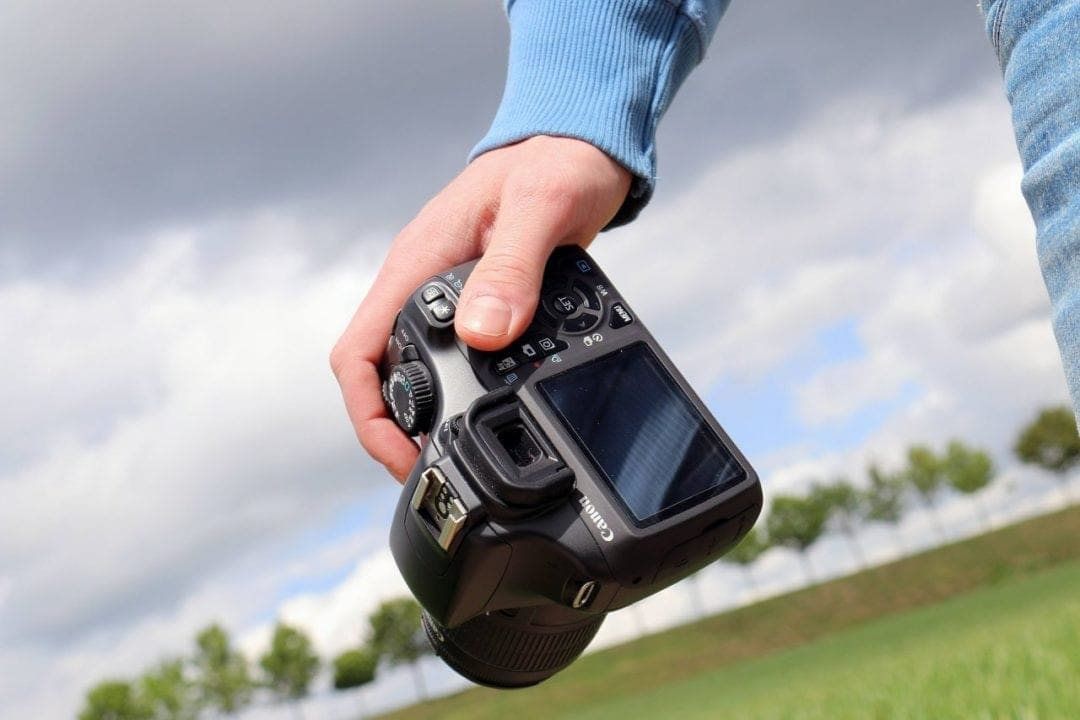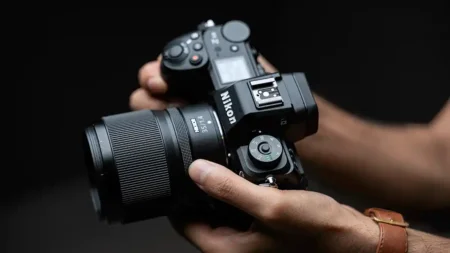Chances are if you’re reading this, you’re someone who would rather be taking photographs than dealing with work and life’s minutiae. While we can’t remove those problems for you, we can offer some quick camera tricks to help you become a more effective photographer by making the most of the time you have with your camera.
01 Clean your camera’s sensor
If you notice a speck, clean your sensor. All it takes is a couple of minutes with a swab and you can save yourself from having to clone out marks from hundreds of images, which certainly takes a lot longer than a few minutes. Do yourself a favour and keep a cleaning kit handy.
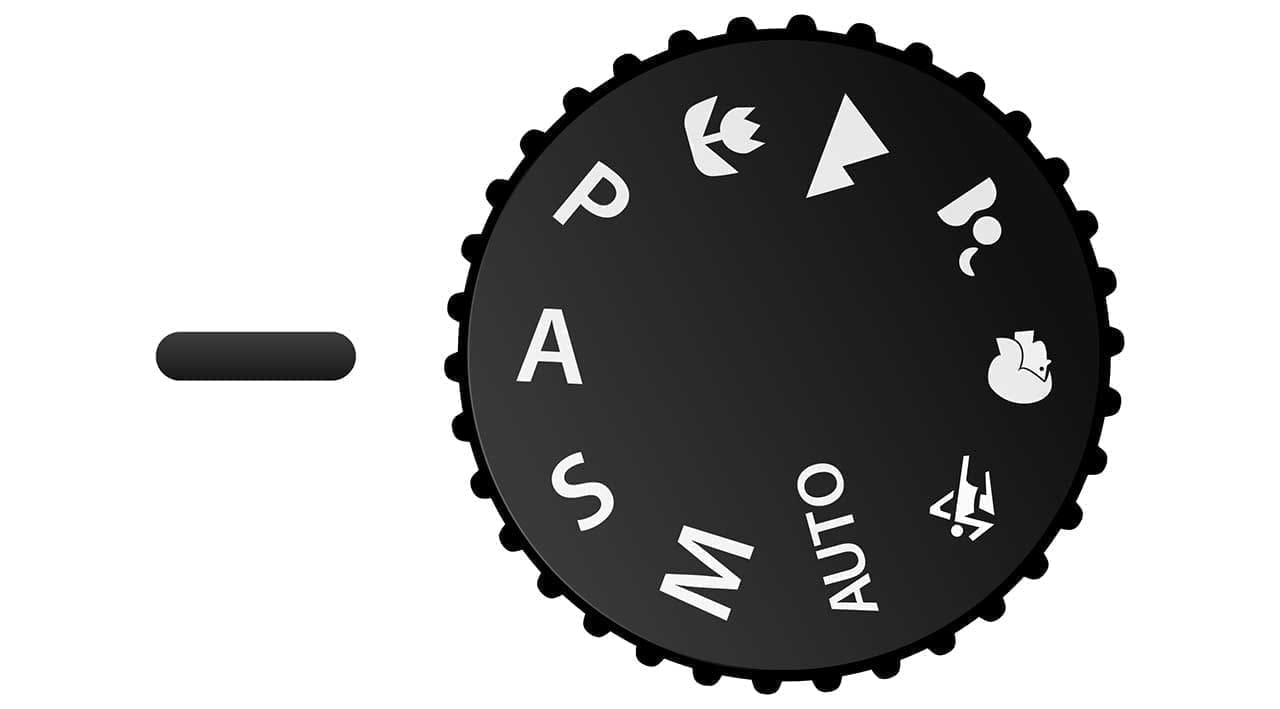
02 Use shutter or aperture priority mode
Switching from fully automatic can be intimidating, but it’s necessary in order to take control of your images. When you shoot in fully automatic mode you only get images that your camera thinks you want.
To produce the shots that you want, you have to muster up a bit of confidence and start using manual exposure mode. This is the only way you can maintain complete control of your images.
Determining the most important aspect to control is your first step when making the switch to shutter and aperture priority modes. If you want to control how sharp or blurred subject movement is, then shutter priority mode is for you.
You’ll determine the shutter speed while the camera sets the aperture. If you’re more interested in controlling depth of field, then use aperture priority mode, where you set the aperture and the camera determines the shutter speed.
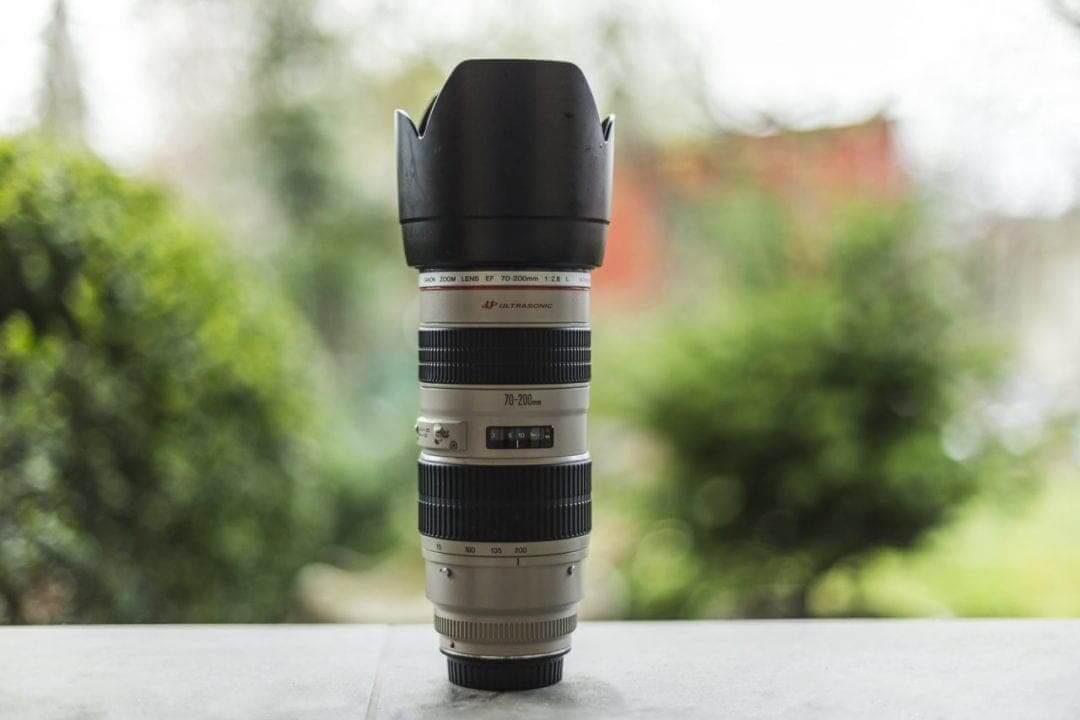
03 Use a lens hood
It’s not uncommon for photographers to go to the trouble of attaching a lens hood to their lens only to leave it in the stored position when they take a shot. In order to do its job, a lens hood should be turned around to extend past the front element.
This way, it can help reduce flare (which can reduce contrast and add hotspots) by providing shade from low sunlight or side lighting.
Lens hoods aren’t just for fair weather, however. They can also come in handy during drizzly conditions by shielding the front elements from water spots, which can smudge and affect sharpness.
04 Set the AF point
If you don’t know how to set the autofocus point on your camera, now is the time to learn. Feel free to check the manual to locate the correct menu option (it’s usually referred to as single-point or multi-point AF mode).
After you’ve set the right option you typically have to press a button to start AF point selection mode and then use the navigation keys to move the active point until it overlies the main subject in your composition.
A few cameras have a mini joystick or navigation pad specifically for setting the AF point without having to press a button prior. Cameras with touchscreens conveniently allow you to set the AF point simply by tapping the screen.
After you start setting the autofocus point yourself, you’ll find that the subjects of your shots are much more sharp.
05 Use live view when focusing manually
Most modern cameras come equipped with autofocus systems that boast both high speed and precision, but this doesn’t mean they’re perfect for all situations. In some cases, you’re better off focusing manually.
Macro subjects, for instance, tend to be a challenge for AF systems, making manual focus your better option.
You can also run into problems with AF when there’s something between the lens and the subject, such as waving grass or leaves. The AF will try to focus both backwards and forwards, again making manual focus the superior option.
In the case that you need to focus manually and you’re using a DSLR, it’s definitely worth engaging the Live View system. This will allow you to compose the image on the screen on the back of the camera.
Compact system cameras, on the other hand, operate in permanent live view. This is especially advantageous when you’re focusing manually because you select the most important part of the scene and magnify it to ensure that you’ve got the focus just right.

06 Take a spot-meter reading
General-purpose metering systems, usually know as matrix, evaluative, mulit-zone or multiple metering are great for a variety of situations. In high contrast situations where the subjects are back-lit, however, they do tend to struggle.
In the event that you suspect your camera will have problem with a particular scene, use the spot meter function to take a reading from a mid tone area, or an area that you want to be rendered a mid tone instead of the standard metering system.
After you’ve set the metering to ‘spot’, just position the metering spot over the area you want to be a mid-tone and half-press the shutter release or press the auto exposure lock button (see the next point for more information) to take a reading and set the suggested exposure values before taking the shot.
If there area that you want to spot-meter from isn’t large enough in the frame to fill the metering area, move closer or zoom in until it is. Be careful not to cast a shadow if you plan to move very close as this will result in a false reading.
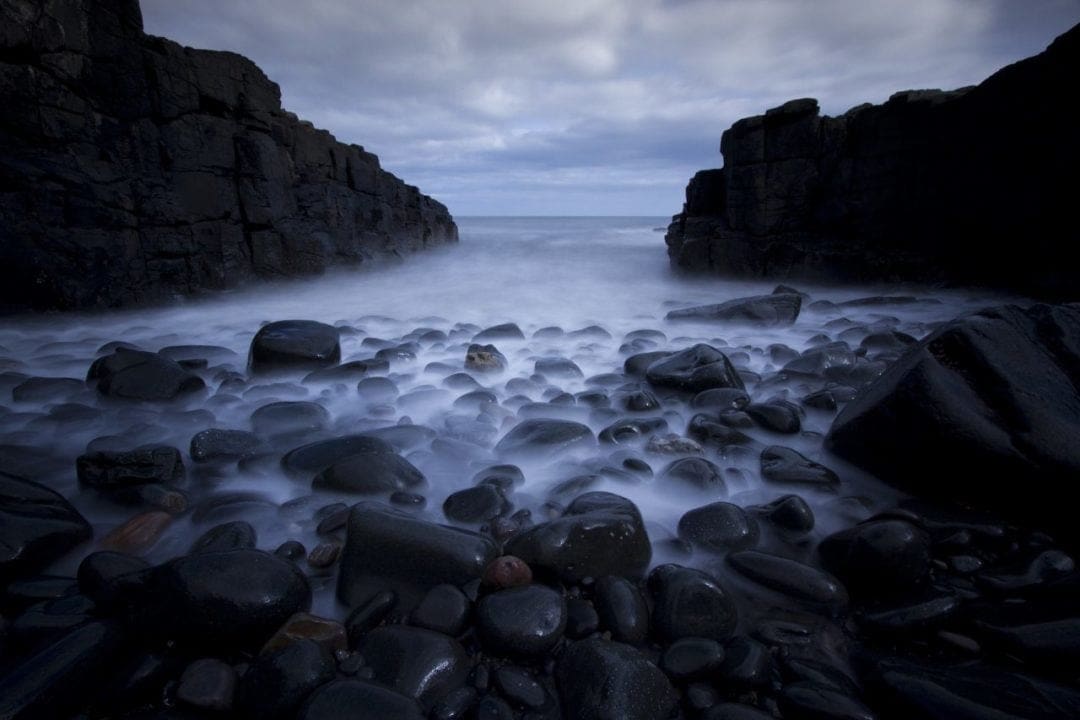
07 Lock the exposure
Most cameras have an exposure lock button that’s marked AE or AEL. When pressed, this handy control works well with spot metering by locking the exposure settings for a few seconds, thereby allowing you time to compose the image and take the shot.
A few cameras even have the option to set the AE to lock the exposure until it is pressed a second time. This comes in handy when you have to wait on your subject to get positioned correctly.
08 Be prepared
Preparedness is key to efficient photography. Before you head out to shoot, think about the conditions you’ll be shooting in and set exposure settings that are likely to be complementary. This way, when you encounter an interesting subject, you’ll be ready to go.
Setting the camera to manual exposure mode, sensitivity to automatic, aperture to f/8 and shutter speed of 1/125 sec will accommodate a wide variety of subjects in normal daylight conditions.
The f/8 aperture provides a sound depth of field without requiring high sensitivity settings and a shutter speed of 1/125 sec should capture anything moving at an average walking pace.
Setting the sensitivity to automatic allows you to still shoot in manual exposure mode and maintain control over shutter speed and aperture while allowing the camera to control exposure. In most cases, the evaluative, matrix or multi-zone metering system will produce a good exposure.
A lot of cameras permit a maximum sensitivity value and minimum shutter speed to be used in auto sensitivity mode.
This feature handily makes aperture priority a good option because you maintain control over aperture (and thereby depth of field) and can modify the value all while being assured that the camera will always set a safe shutter speed and images won’t be exceedingly noisy.
